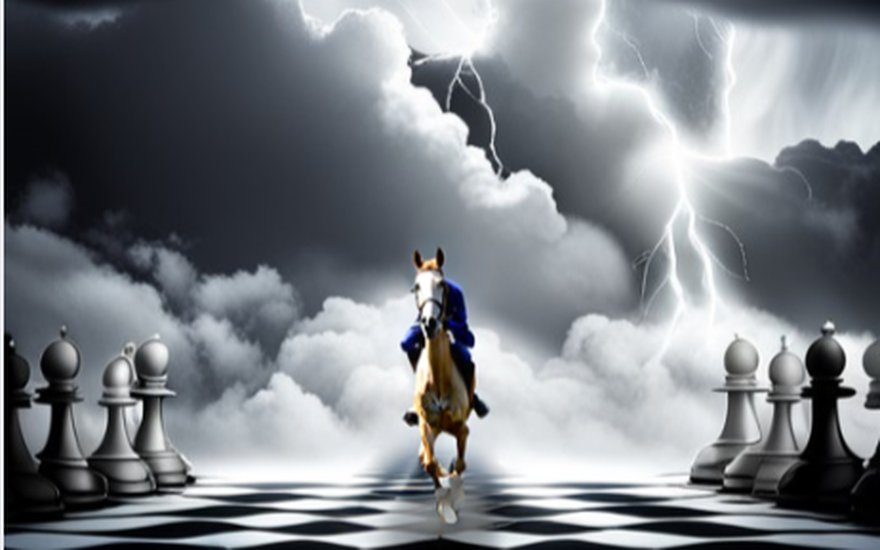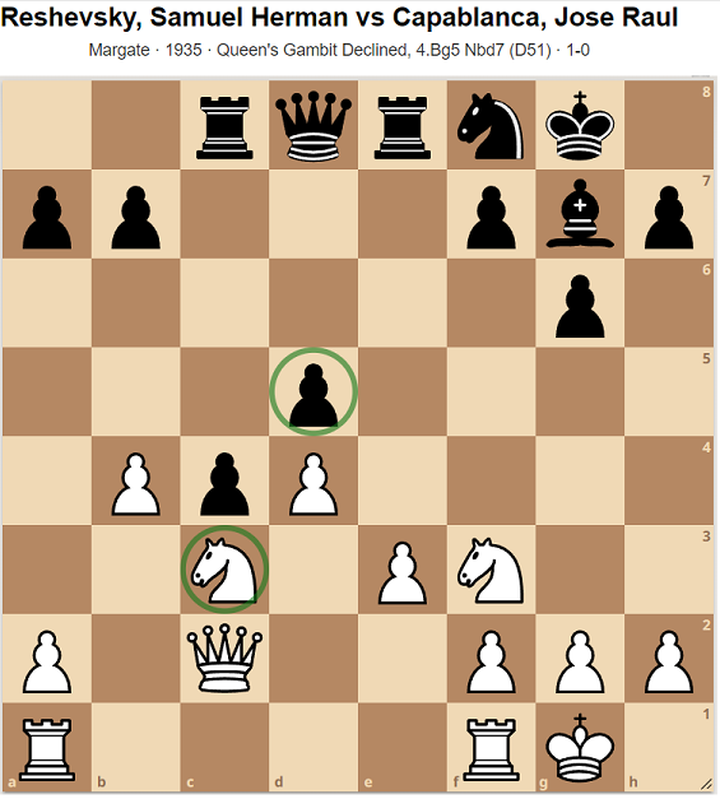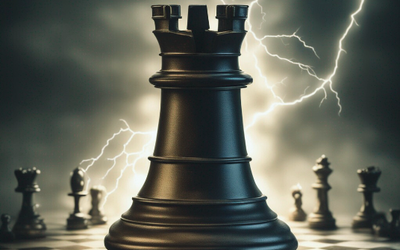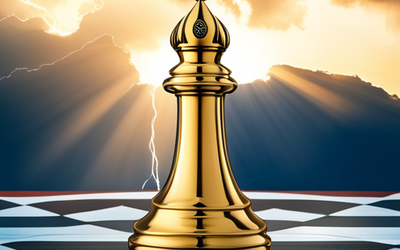
Canva AI generated
Understanding your knights - Where to place them and to make maximum use of them
This blog will help you to maximize the use of your knights in a chess game.In this blog, we will understand the importance of a knight and how to use it to its maximum potential.
First, let us understand the pros and cons of a knight.
Advantages of a knight:
1. A knight has the ability to jump over other pieces. No other piece on the chess board can jump over other pieces.
2. Knights are the best blockaders. If a queen or rook blocks the pawn, then the functionality of the queen/rook to move forward is affected. The knight blockades the pawn and attacks its defender at the same time and hence it is considered the best blockader. Bishops are the second-best blockaders as their functionality is not affected by the passed pawn as well.
3. Knights can move on both color complexes. From a white square, it jumps to a black square and vice-versa (Bishops are restricted to only one color complex - either white or black).
4. Knights are tricky pieces. The knight jumps are not easy to visualize when you are playing(especially when you are playing a short time control game) and this can help you to create some tactical tricks on your opponent.
5. Knights can sometimes completely paralyze the opponent's position especially when they are sitting in an outpost in the opponent's territory. In such situations, the knight can be considered as an octopus that ties down all its opponent's pieces.
Anatoly Karpov vs. Garry Kasparov
0-1 Karpov - Kasparov World Championship Match Moscow URS 15 Oct 1985 Round: 16 ECO: B44
6. A knight check cannot be blocked. Either the king has to move away or the knight has to be captured.
7. In general, Queen and knight are a better combination than queen and bishop. The knight complements the all-sides moving capability of the queen along with its L-shaped hopping functionality. On the other hand, the bishop is performing a redundant functionality that the queen performs already.
Disadvantages of a knight:
1. A knight is a short-range piece. A knight takes a longer time to move from the king side to the queen-side or vice versa.
2. Knights can get trapped relatively more than the other pieces.
3. Knights can move to a maximum of 8 squares at a time. This count is much higher for other pieces.
4. Bishops are stronger than knights in open positions.
5. The knight can be easily kicked away by the opponent's pawns/pieces if it does not have a stable square to occupy.
6. In general, Rook and bishop are a better combination than rook and knight. The long-range diagonal moving Bishop compliments the sideways moving capability of the rook. On the other hand, the knight is a short-range piece and the rook is a long-range piece and their coordination is inferior to the combination of rook and bishop.
Now we come to the important question: Where should we place our knights to maximize their use?
Knights should be placed
1. on outposts, especially in the opponent's territory.
2. In front of the passed pawn and front of the isolated pawn (since the knight is the best blockader).
3. Closer to the opponent's king if you are attacking the opponent's king
4. Squares where the opponent would have to weaken another square if they try to attack the knight. For eg., if white plays f4 to attack the e5 knight, then he concedes the g4 square which becomes an outpost for the knight
5. in the same color as your pawns. Eg., if your pawns and knights are on light squares, the pawns will control the light squares and the knight will control the dark squares.
6. in the center, if they have a stable square from which they cannot be kicked away (positions in points 1 & 2 can be considered as examples here)
7. some players say that the "knights on the rim are dim" which means that the knights on the edge of the board do not perform well. This is not entirely true. As long as the knights are performing a useful function (or) can re-route themselves to better squares, the knights staying on the edge do not matter.
The above points are given based on general considerations and apply to most of the positions, but, do keep in mind that in chess, there are exceptions to every rule given.
Now, here are some quotes about knights given by great players:
- Seize the outpost K5(e5 square) with your knight, and you can go to sleep. Checkmate will come by itself. — Savielly Tartakower
- The fact that a knight is temporarily on the edge of the board is of no great significance. — Anatoly Karpov
- In Blitz, the Knight is stronger than the Bishop — Vlastimil Hort
- A knight ending is really a pawn ending. — Mikhail Botvinnik
- Fischer is Fischer, but a knight is a knight! — Mikhail Tal
Now, we come to the final part - the training part to see if the above discussion was useful for your game:
Puzzle 1: Black to play - Find the best move for black (White's last move was Qd2)
Vishwanathan Anand vs. Magnus Carlsen
0-1 Wch Blitz 4th Moscow(38) , 2009 ECO: D35
Puzzle 2: White to play - Find the best move for white (Black's last move was axb6)


Puzzle 3: White to play - Find the best move for white (Black's last move was Qb6)
Vladimir Kramnik vs. Alexei Shirov
1-0 Corus Wijk Ann Zee (2) , 2007 ECO: A16
The solutions for the above positions will be posted shortly.
This is my first blog. So please bear with me if you find any nuances.
Please feel free to provide your suggestions/comments (both positive and negative) for me to get better at writing blogs. This would help me to get some motivation and also improve myself for more blogs in the future. Happy Reading and Improving!

